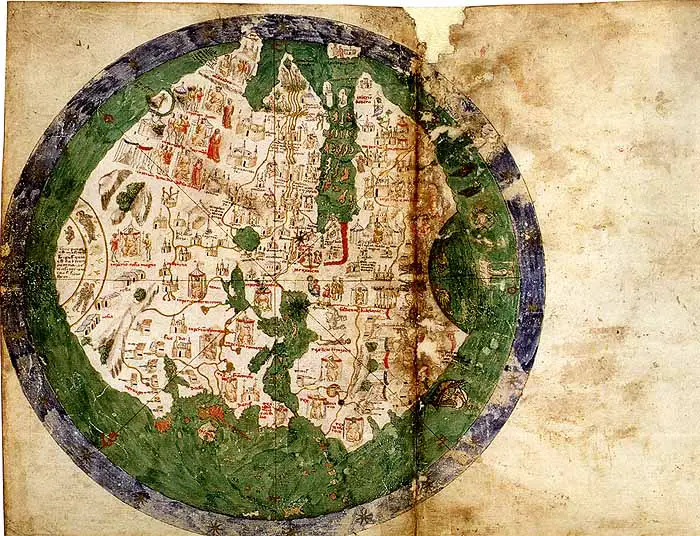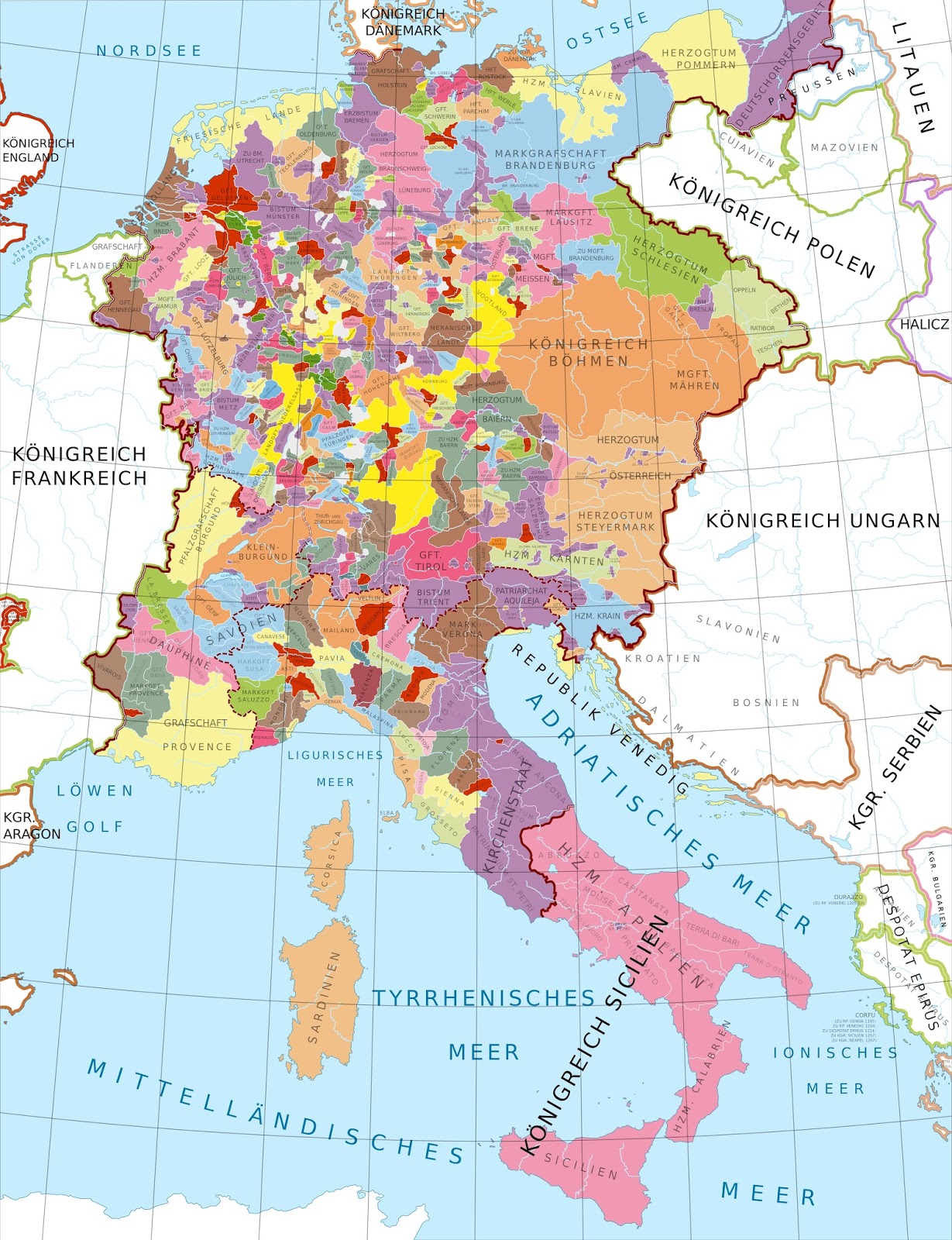The Changing Borders of the Balkans: An Animated Journey Through Time (1796–2008)
The Balkans has long been one of Europe’s most contested regions – a meeting point of empires, religions, and nations. Over the past two centuries, its borders have shifted again and again, leaving behind a political map that looks very different today than it did in the late 18th century.
The animated map below traces these transformations from 1796 to 2008, condensing centuries of wars, treaties, and state formations into just a few minutes.

Ottoman Decline and the First Independent States (1796–1878)
At the start of the timeline, the Ottoman Empire still dominated most of the Balkans. Yet its control was already weakening. Montenegro maintained its autonomy, while uprisings in Serbia marked the beginning of a push for independence.
By the late 19th century, after years of wars and revolts, Serbia, Montenegro, and Romania were internationally recognized as independent states at the Congress of Berlin in 1878. This was the first major step in reshaping the region’s borders.
Wars and Shifting Alliances (1912–1945)
The early 20th century brought the Balkan Wars (1912–1913), as newly independent nations sought to claim territory from the fading Ottoman Empire. Former allies quickly turned on each other, redrawing the map in the process.
World War I changed things even more dramatically. The creation of the Kingdom of Serbs, Croats, and Slovenes in 1918 – later renamed Yugoslavia – marked a new chapter. But the promise of stability didn’t last. World War II fractured the region again, with occupation, resistance, and territorial disputes setting the stage for decades of change.
Yugoslavia and Its Breakup (1945–2008)
After 1945, Yugoslavia emerged as a socialist federation under Josip Broz Tito. For decades it held together a diverse mix of nations, languages, and religions. But by the 1990s, nationalism and political tensions tore it apart.
The wars in Croatia, Bosnia, and Kosovo changed the borders once more. By the early 2000s, the Balkans had settled into the independent states we recognize today—each following its own path, yet still tied to a shared and turbulent history.








